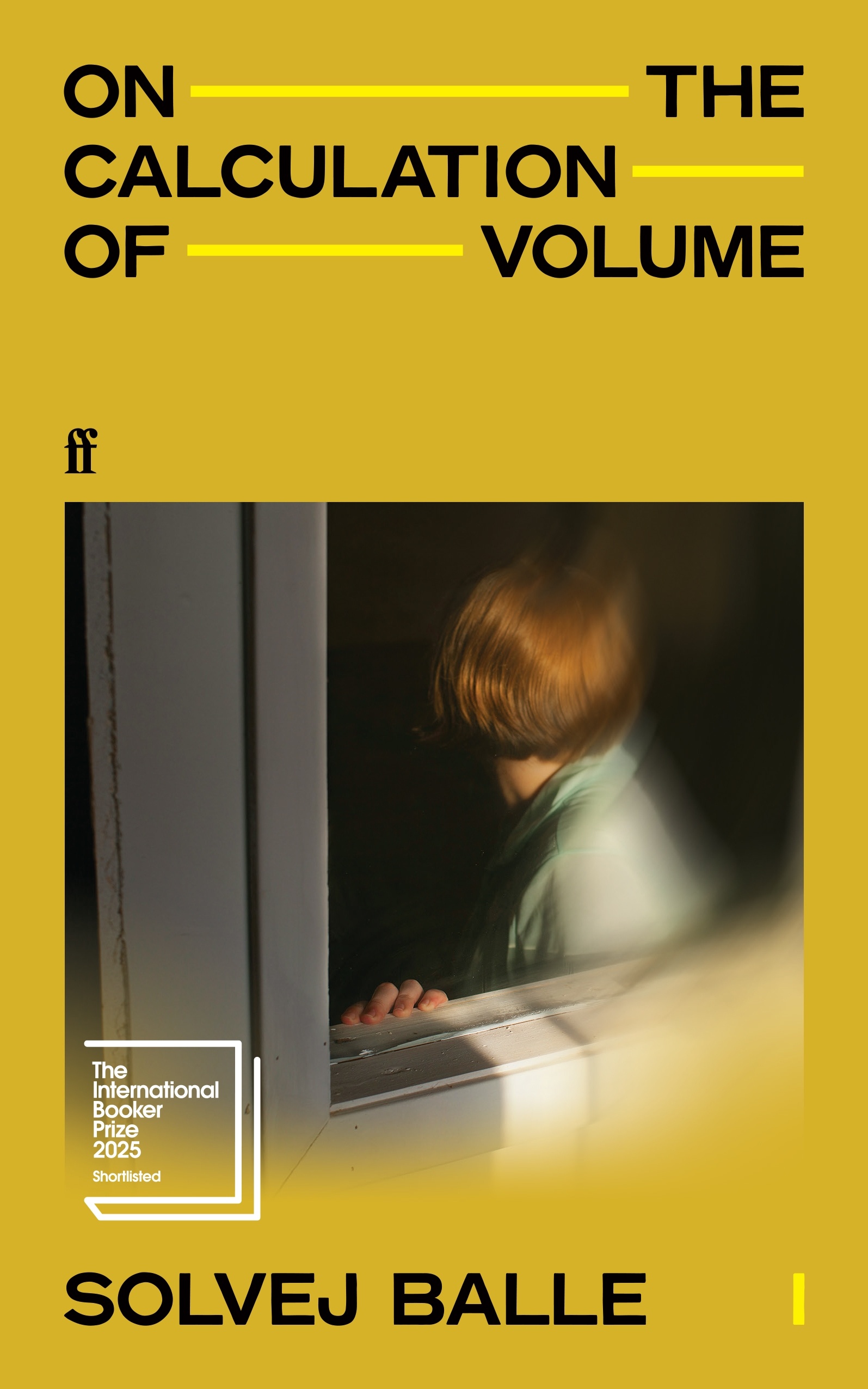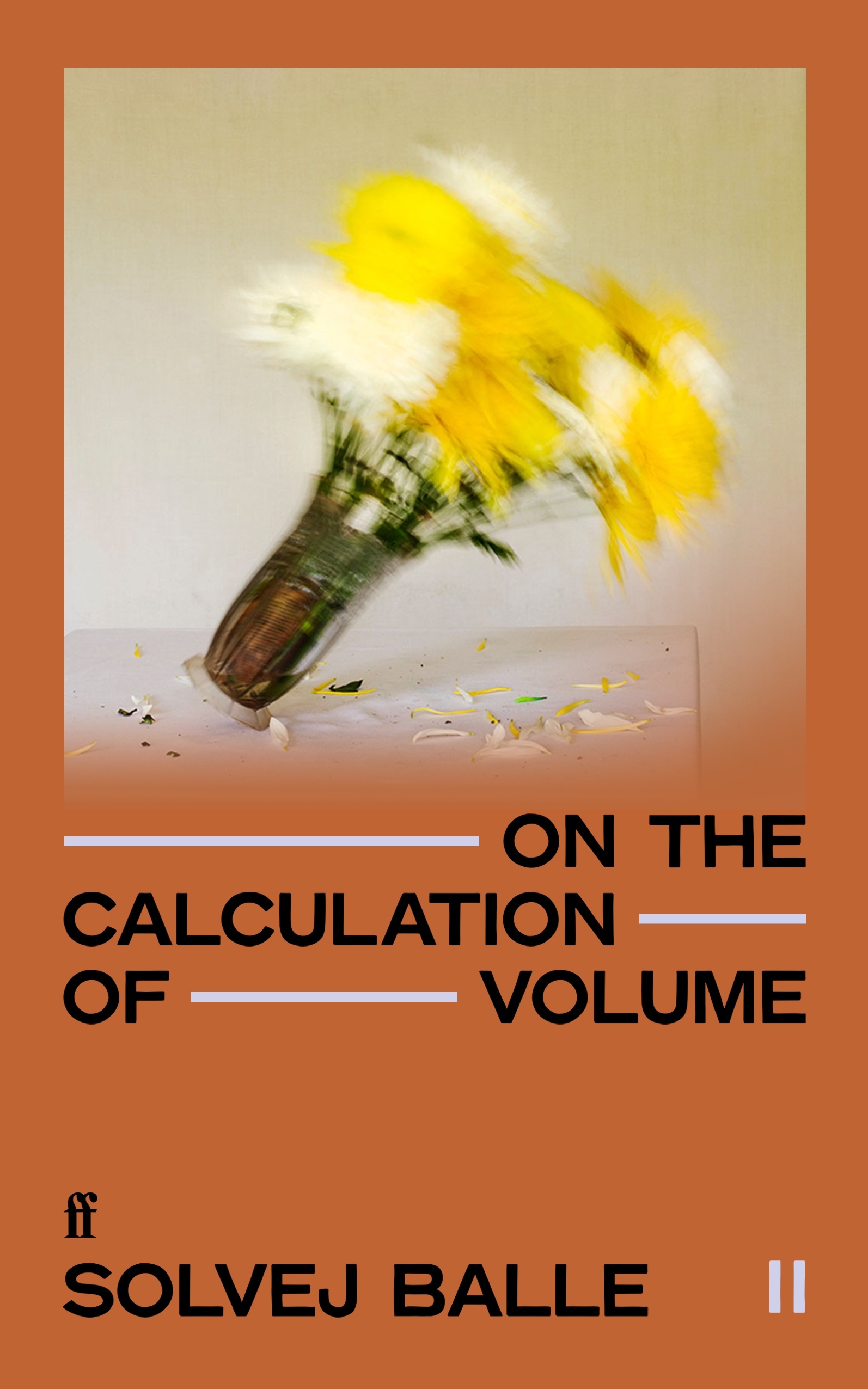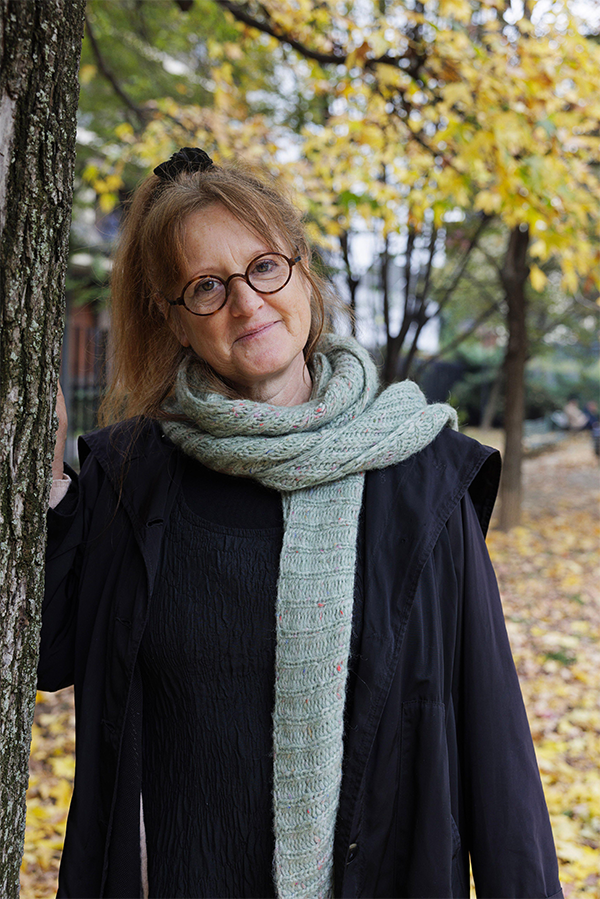
- Free Article: No
- Contents Category: Fiction
- Review Article: Yes
- Article Title: Eternal returns
- Article Subtitle: A full year of November 18s
- Online Only: No
- Custom Highlight Text:
In a famous thought experiment based on the notion of ‘eternal return’, German philosopher Friedrich Nietzsche asked what it would be like to live the same life over and over again, for eternity. Nietzsche’s intention was to set a kind of test that encourages us to consider whether we are living our best life, the life that makes us happiest.
- Book 1 Title: On the Calculation of Volume: Book I
- Book 1 Biblio: Faber, $26.99 pb, 160 pp
- Book 1 Cover Small (400 x 600):

- Book 1 Cover (800 x 1200):

- Book 1 Readings Link: https://www.readings.com.au/product/9780571383375/on-the-calculation-of-volume-i--solvej-balle--2024--9780571383375#rac:jokjjzr6ly9m
- Book 2 Title: On the Calculation of Volume: Book II
- Book 2 Biblio: Faber, $26.99 pb, 208 pp
- Book 2 Cover Small (400 x 600):

- Book 2 Cover (800 x 1200):

- Book 2 Readings Link: https://www.readings.com.au/product/9780571383405/on-the-calculation-of-volume-ii--solvej-balle--2024--9780571383405#rac:jokjjzr6ly9m
Part of a projected septology, to date only the first two books of On the Calculation of Volume have been translated into English. Initially self-published by Balle, the project has become celebrated as a major work in her homeland and in Europe, and is well on the way to receiving similar recognition in the Anglosphere.
Balle develops her premise with a sensibility that is both subtle and precise. Written in diary-like entries of varying lengths, she carefully renders the world where this endless recurrence takes place. The main settings are her home in the rural French village Clairon-Sous-Bous, Paris, and later, in the second book, the various European countries she visits in an attempt to escape her temporal prison.
 Solvej Balle, 2023 (Agence Opale/Alamy)
Solvej Balle, 2023 (Agence Opale/Alamy)
Tara may be trapped in November 18, but she is not without agency. In the development of the novel’s conceit, Balle formulates certain rules to conduct her experiments with time. For example, her heroine can do as she pleases and go wherever she wants. The main rule is that, sometime during the night, at a moment she never manages to witness, the clock is mysteriously reset to November 18. Certain aspects of this repeating universe are relatively fixed, such as when it rains, where the stars are positioned in the sky, and the movement of traffic.
But, when things are at closer proximity, the situation is different. For example, her romantic partner, Thomas, with whom she is in business, wakes up every morning on the same daily trajectory, only to have it varied by whatever course Tara has decided on for the day. She even goes so far as to tell him, and others, that, she is trapped in a time loop, a confession that is met with varying degrees of scepticism. Thus, in this fixed order of things, Tara creates minor disturbances, functioning as a kind of mild catalyst who is careful not to upset the equilibrium of her strange new universe too much, a universe which is always re-established anyway, when the next iteration of the same day starts over again.
As Tara’s days repeat, we learn how she comes to accommodate her dilemma, and it is her reflections that provide opportunities for insight. Tara’s tone is a cool awareness of the disjunction that has put her at a fascinating angle to a world that she was once so unproblematically a part of – one she now sees with a new clarity. At one point she comes to the realisation that
the moment one is confronted with the unpredictability of life, the knowledge that everything can change in an instant, that something which cannot happen and which we absolutely do not expect, is nonetheless a possibility. That time stands still. That gravity is suspended. That the logic of the world and the laws of nature break down. That we are forced to acknowledge that our expectations about the constancy of the world are on shaky ground.
Book One of On the Calculation of Volume ends with a full year of November 18s centred around Tara’s rural village and Paris. Perhaps concerned that restricting her novel cycle to such a limited milieu might test the patience of readers, in Book Two Balle sends her heroine off on a trek across Europe, in search of the seasons. After 365 days of France in mid-Autumn, Tara longs to experience winter, to feel thin ice crackle underfoot as she steps on puddles, to see trees covered in rime. ‘I want the cold and dark of winter, not just a single day of showers and chilly sunlight, not just mild days with rain and more rain, not just grey skies and a nip in the air.’
In terms of developing the novel-cycle’s concept, it’s a clever move. In Book Two, Balle has decided to explore the synchronic axis of time, to branch out into what is simultaneously happening on November 18 in Brussels, in Germany, in Sweden, and in Norway, where it gets colder and colder, where the snow is so thick and deep that it plunges the world into a magical silence. Once she has had her fill she heads south, cobbling together a seasonal bricolage by finding pockets of spring and summer closer to the Mediterranean. Throughout these travels, Balle broadens her themes, taking us past the more interior preoccupations of the first book, to a celebration of the natural and sensual world in the second.
In Book Two she also further develops a theme introduced in the first: overconsumption, or Tara’s fear of being what she calls a monster, an entity that ravages the world. One quirk of her fate is that the things that she consumes – food and other resources – are not replenished in the cycle of days: if she shops at the same supermarket, supplies of an item will be soon exhausted. In this way Balle comments on the sustainability of what the earth can provide, and that we as a species must tread lightly to preserve it. Time may be infinite, but the resources we consume are not.
So, what are we to make of Balle’s thought experiment? A key to this puzzle is in the title, particularly the word ‘volume’ and how it relates to time. In circadian modernist works such as Virginia Woolf’s Mrs Dalloway (1925) and James Joyce’s Ulysses (1922), a single day is expanded, stretched out, converted into a spatio-temporal construct that helps us explore how time, space, and consciousness intersect within the context of lived experience. What neither of these works do is fully explore repetition. Balle’s innovation is to take a single day and to kick it off its stable, temporal axis by subjecting it to a simple – yet transformative – paradigm shift: an endless time loop that asks us to re-evaluate the world we live in.
On the Calculation of Volume – as represented by these first two novels in the series – is a compelling, singular work, not least because it is both timely and untimely. It is untimely because its intellectual ambition, intertwined with diamond-cut lyricism, vast thematic scope, and attempts at formal innovation, hearken back to a modernist tradition that puts the novel at the service of something new. It is timely because it is precisely this kind of newness that we need more urgently than ever, and that writers like Balle are striving to achieve.


Comments powered by CComment